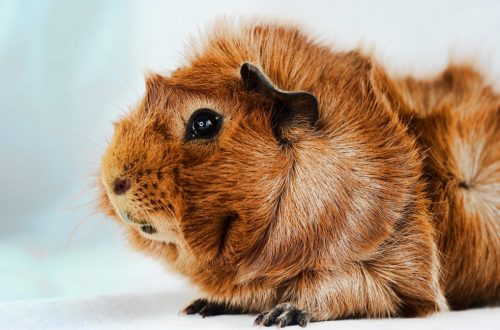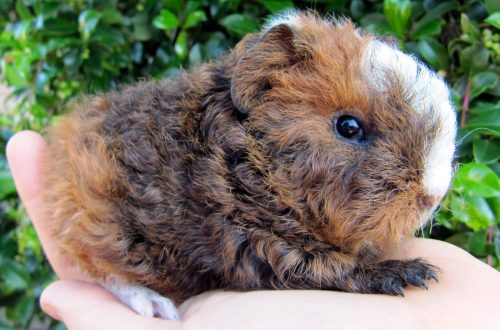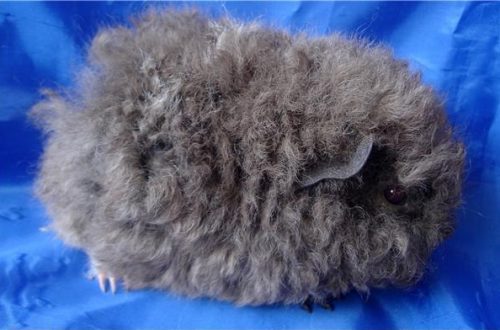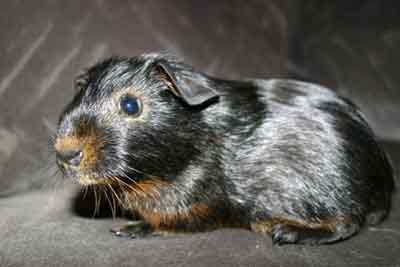
tan and fox
The tan and fox colors are one of the “youngest” mutations in guinea pigs. These colors have been known for a long time and are very popular with rabbits, which influenced the formation of the standard for Tan guinea pigs in the USA.
For the first time, a pig with such an amazing color appeared at an exhibition in Switzerland in 1998. The Englishman Tony Cook, who acted as a judge, designated the animal “black tan”. An amazing coincidence, but cook has been looking for the gene responsible for this color for many years.
It is known that when breeding silver agoutis, individuals with a white belly color are occasionally split off. Several of these gilts were sold to England and presented to the general public at the January Bradford Show. They aroused great curiosity among the “guinea pig breeders”, due to the fact that it is not so often that something completely new appears among these rodents.
Theoretically, tans and foxes are possible in all color variations known from agouti pigs.
The tan and fox colors are one of the “youngest” mutations in guinea pigs. These colors have been known for a long time and are very popular with rabbits, which influenced the formation of the standard for Tan guinea pigs in the USA.
For the first time, a pig with such an amazing color appeared at an exhibition in Switzerland in 1998. The Englishman Tony Cook, who acted as a judge, designated the animal “black tan”. An amazing coincidence, but cook has been looking for the gene responsible for this color for many years.
It is known that when breeding silver agoutis, individuals with a white belly color are occasionally split off. Several of these gilts were sold to England and presented to the general public at the January Bradford Show. They aroused great curiosity among the “guinea pig breeders”, due to the fact that it is not so often that something completely new appears among these rodents.
Theoretically, tans and foxes are possible in all color variations known from agouti pigs.

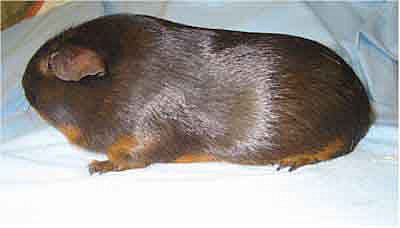
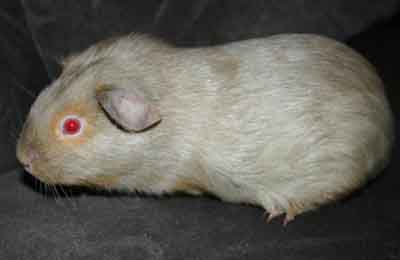
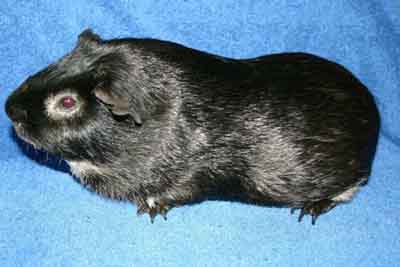
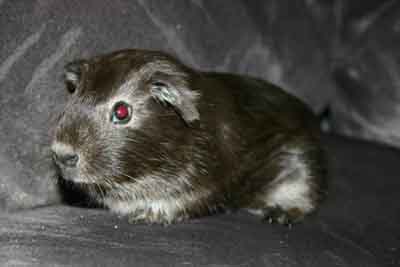
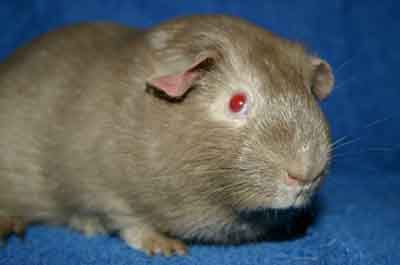
All of the above colors differ only in the color of the tips of the tan hair, which is clearly distinguishable on the sides when the color changes from the belly to the back.
In addition to the belly, tan should also be present around the eyes (glasses), in front of, behind and inside the ears, around the nostrils, on the chin, on the chest, on the inside of the hind limbs and a little on the forelegs. In the USA, bright, well-defined tan on the chin and around the eyes is valued. The spots around the nostrils and eyes should have a clear boundary between themselves and in no case merge.
Aoxes with solid white spots on the back or sides, nans with tan spots are subject to disqualification.
This is interesting: The A(t) gene, which is responsible for this peculiar coloration of the “unticked” agouti, is recessive in relation to the A (agouti) gene and dominant over the a (non-agouti) gene. In order to get a Silver Fox, it is best to cross a black tan with a solid black gilt, resulting from silver agouti (this is necessary to change the red tips of the tan hair to white. As a result of this crossing, the offspring will consist of 100% black tan carriers silver fox gene).
© The article was prepared by Yu.M. Topalova, owner of the Pigsea Star guinea pig kennel
All of the above colors differ only in the color of the tips of the tan hair, which is clearly distinguishable on the sides when the color changes from the belly to the back.
In addition to the belly, tan should also be present around the eyes (glasses), in front of, behind and inside the ears, around the nostrils, on the chin, on the chest, on the inside of the hind limbs and a little on the forelegs. In the USA, bright, well-defined tan on the chin and around the eyes is valued. The spots around the nostrils and eyes should have a clear boundary between themselves and in no case merge.
Aoxes with solid white spots on the back or sides, nans with tan spots are subject to disqualification.
This is interesting: The A(t) gene, which is responsible for this peculiar coloration of the “unticked” agouti, is recessive in relation to the A (agouti) gene and dominant over the a (non-agouti) gene. In order to get a Silver Fox, it is best to cross a black tan with a solid black gilt, resulting from silver agouti (this is necessary to change the red tips of the tan hair to white. As a result of this crossing, the offspring will consist of 100% black tan carriers silver fox gene).
© The article was prepared by Yu.M. Topalova, owner of the Pigsea Star guinea pig kennel



